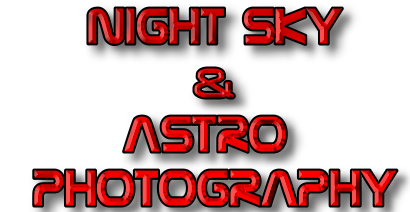Featuring the photographic works of amateur photographer and astronomer, Larry Waite
Not my career, just a hobby that gets me out of the house.In 2012 I was camping on our property some three and a half hours west of Brisbane. I was there with my eldest son and we were goofing around near the fire one night when I decided to pull out the camera and take a picture.At this point I may add, I had a small point and shoot camera that stayed in auto mode and all I knew how to do was turn it on.It wasn't until I got home and saw that I had taken a photo of the campsite with stars in the backgound. Not the best photo but inspiring non the less.That's it, I was hooked!
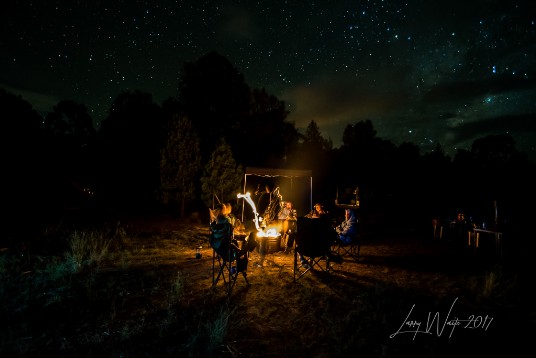
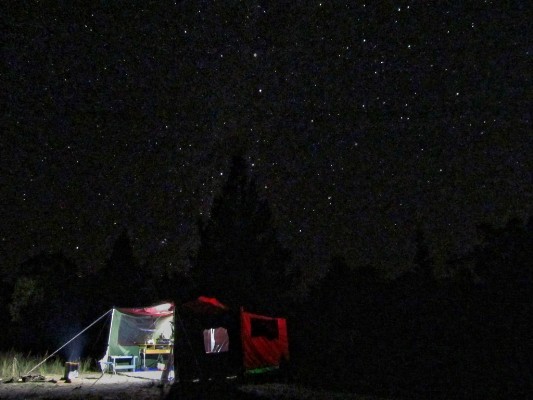
I have always loved the stars and this photo was a realisation that I could photograph the night sky in all its glory!After much reading, watching Youtube and the odd course, I upgraded my camera and started to play in manual mode. It was, and still is, a learning curve but I meet the challenge with full gusto!Every photo on this site all started with that first click and (unless otherwise noted) are single shot, long exposure photographs.I discovered not only a thirst to learn about the camera and its capabilities, but also the stars and beyond.At times I sit and ponder on the fact that a photo I have taken, for example Orion's Nebula which is 1,344 light years from Earth (one light year is over 9.7 trillion kilometers ) and what I captured was light emitted over a 1000 years ago!Sort of like travelling back in time (see note).This cosmic time machine is what Astronmers use to study and compere various objects like galaxies, planets, stars , nebulas and such to assist in us understanding how the universe was created, evolution of galaxies and more.10 years later, I have spent a lot of time studying and practicing to gain a rudimentary understanding of what I am trying to achieve in my photographs along with what is in the night sky.I can certainly appreciate of the vastness and complexity of both topics however, I am still learning!This site shares some of my photos, techniques and experiences that attempts to 'shed some light' on night sky and astro photography.Larry WaiteNote:Astronomy and cosmology are really complicated, vast and evolving subjects.Yet anyone can get involved at their own pace and usually take great peasure from learning more about the night sky.You willl never know everything but neither will the Astronmers, Physicists and gurus who do it full time.Some key concepts are mentioned below.When we look at distant galaxies, we are looking back in time.We have now seen galaxies as they were when the universe was about 500 million years old—only about five percent as old as it is now.The universe now is 13.8 billion years old. The color of a galaxy is an indicator of the age of the stars that populate it.Blue galaxies must contain a lot of hot, massive, young stars. Galaxies that contain only old stars tend to be yellowish red.The first generation of stars formed when the universe was only a few hundred million years old. Galaxies observed when the universe was only a few billion years old tend to be smaller than today’s galaxies, to have more irregular shapes, and to have more rapid star formation than the galaxies we see nearby in today’s universe. This shows that the smaller galaxy fragments assembled themselves into the larger galaxies we see today.-OpenStax CNX
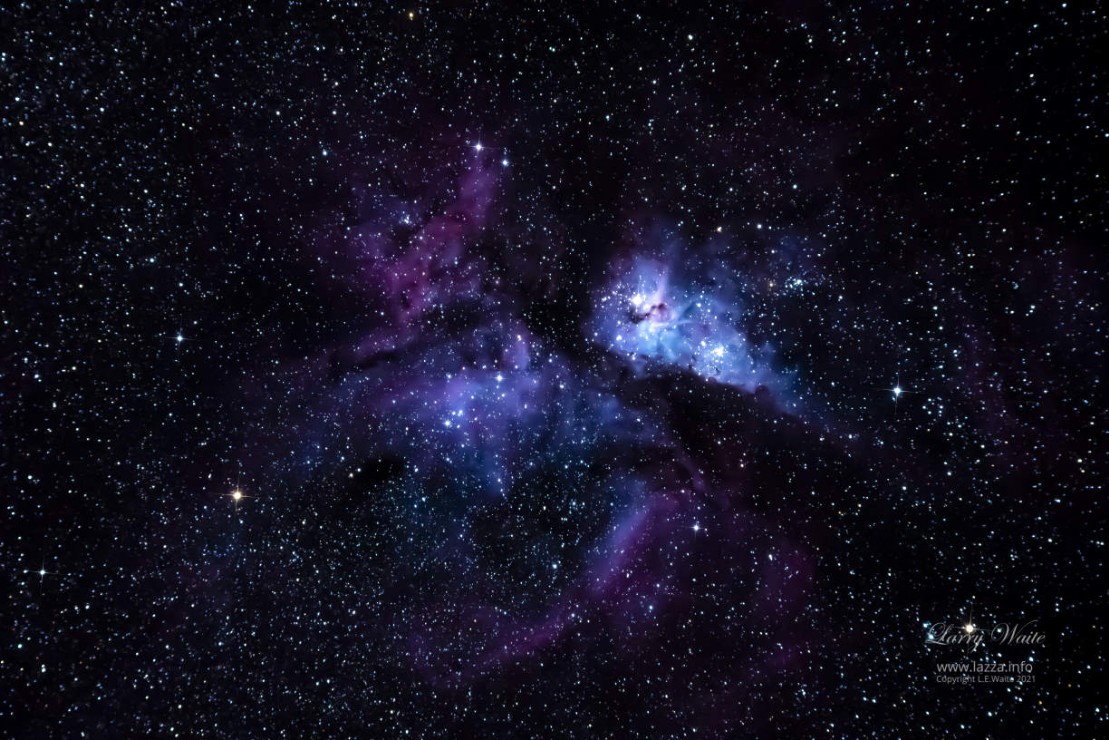

Equipment, as simple or as complicated as you like!
Any camera that can take a 15 second or more exposure.
All you need is a DSLR camera that can take a 15-30 second photograph, a sturdy tripod, timer, clear open sky and your set!
- Ideally you should have a shutter release (intervelometer) or you can set the timer on your camera.
- You will need a tripod, the longer the exposure, the sturdier the tripod should be.
- A good wide angle lens is also desirable for most shots. A typical kit lens (18- 55mm) will do nicely!
That is how I started and that is what I return to when I just want simplicity.
More on EQUIPMENT HERE
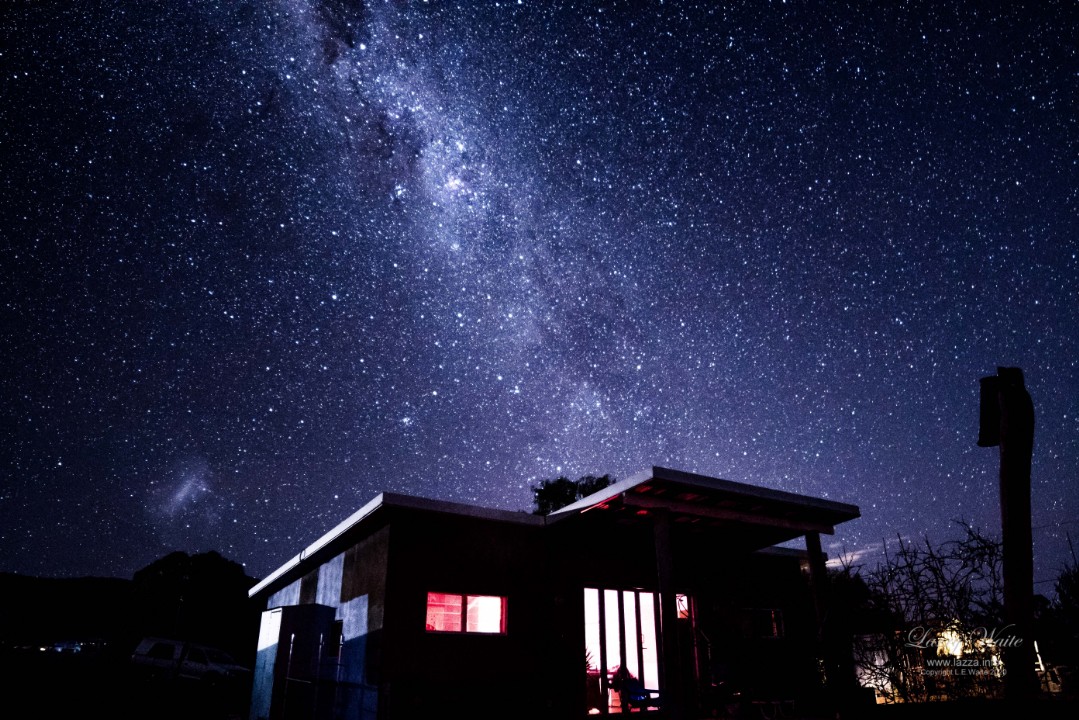
The more gear the merrier ?
Multiple cameras, tripods, telescopes, lenses, filters and coffee!
If you want to fiddle with more equipment the list is endless.
Depending on what I am trying to capture determines what I take. Sounds simple right?
Some nights (most) I don't know what I want to caputure, so I go prepared. It also depends on the location I am going to.
I am a pretty security conscious sort of person and some areas I would not risk taking $1000's of dollars worth of equipment on my own. With that in mind, I am also a member of various groups and if for example I want to use my cameras with a telescope ( and all the gear that goes with it) I will go to a 'star party' or astronomy night with a group.
I often go to a location whilst still daylight and set up multiple tripods, cameras/telescopes and hunker down until night.
I go fully prepared for the venture with spare batteries and the ability to re-charge them, head lamp (with red light as well as white), gas stove, water, food and perhaps some good company, oh and a comfy chair!
Night sky & astro photography is not really a spectator sort of sport.
On the occasion I have met up with a small group for many hours of photographising ( a word my wife made up) those that have brought along children, spouses or mates are usually the first to leave as their guests get bored, particularly on a cold night.
What we see in the finished photographs isn't necessarily what you see when you are standing around all night looking up.
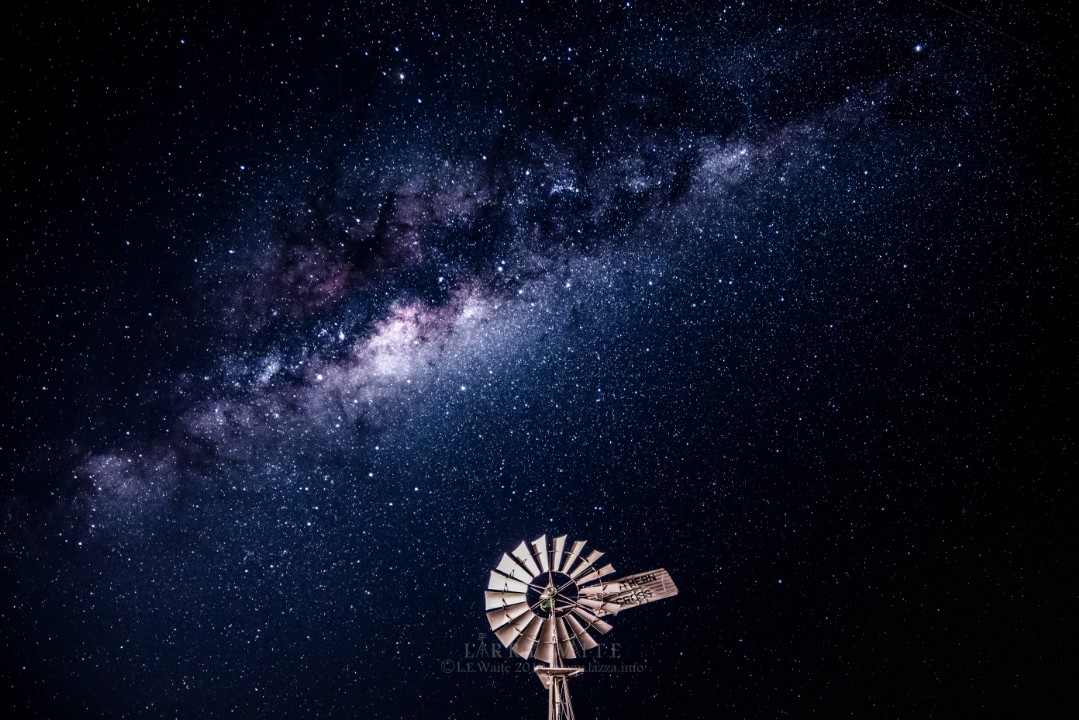
Imagination!
Go for a drive anywhere one Sunday aftenoon. It could be to the beach, city or out in the country.
As you are travelling along, look at the scenery and try to imagine what that woudl look with stars behind it, moonlight or even light reflecting into the water. Imagine the shot, then comback and take it!.



Nikon D5500, Nikon D500
No sponsorship or affiliation implied
